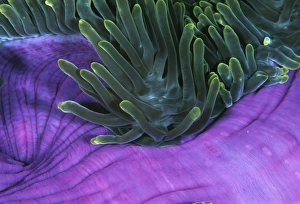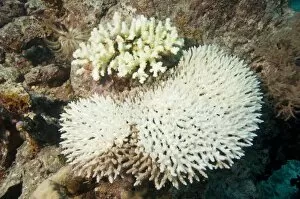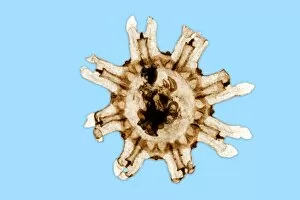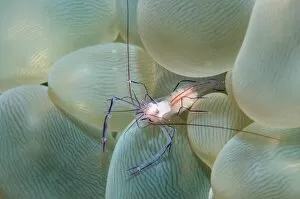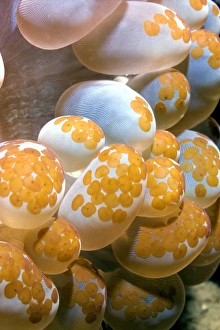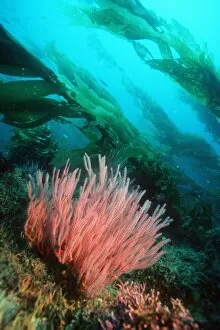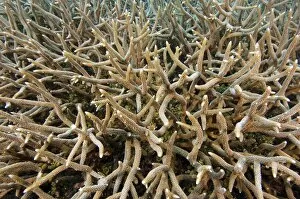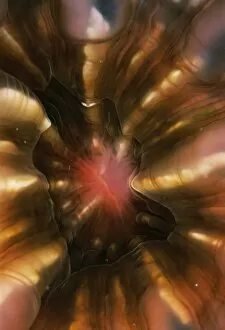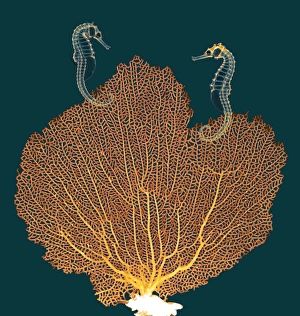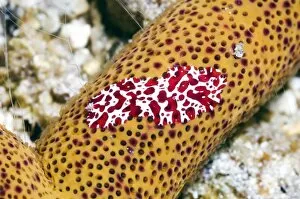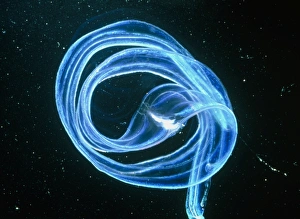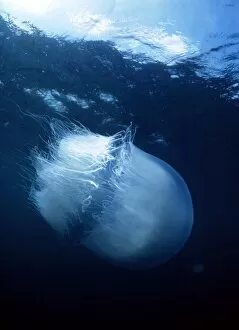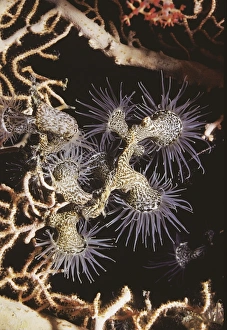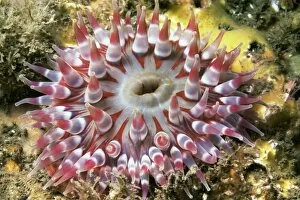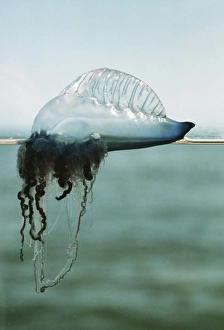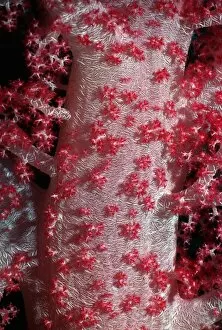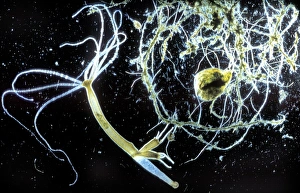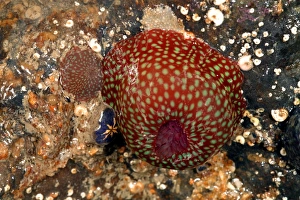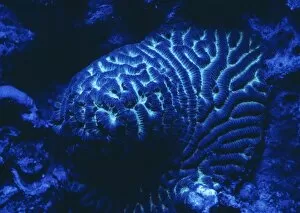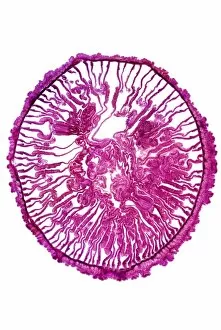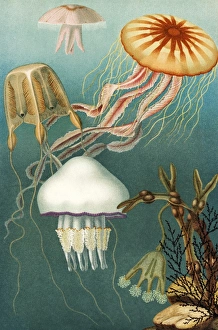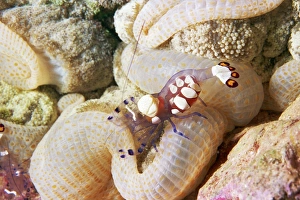Coelenterate Collection (page 7)
Discover the mesmerizing world of coelenterates, where beauty and danger intertwine
All Professionally Made to Order for Quick Shipping
Discover the mesmerizing world of coelenterates, where beauty and danger intertwine. From the vibrant Caiman crocodilus crocodilus to the elusive Anilius scytale, these creatures captivate with their unique characteristics. Dive into the depths and encounter the enchanting Physalia pelagica, commonly known as Portuguese-man-of-war, floating gracefully in the ocean currents. Marvel at the delicate Sea fan's intricate structure revealed through an X-ray lens, reminiscent of a coral gallery from 1895. Travel to Sri Lanka's tea estates and witness nature's harmony as coelenterates thrive alongside lush landscapes. Encounter Moon jellyfish gliding effortlessly through azure waters while Butterflyfish and purple anthias fish add bursts of color to this underwater paradise. Spot False clown anemonefish playfully darting around their homes amidst swaying corals. Observe a pregnant pygmy seahorse carrying new life within its tiny frame or catch a glimpse of Denises pygmy seahorse camouflaging perfectly among coral branches. Study a jellyfish model of Physalia pelagica, unraveling its mysteries without fear of stings. Coelenterates invite us to explore their diverse realm; they are both captivating and fragile beings that remind us of nature's wonders.

